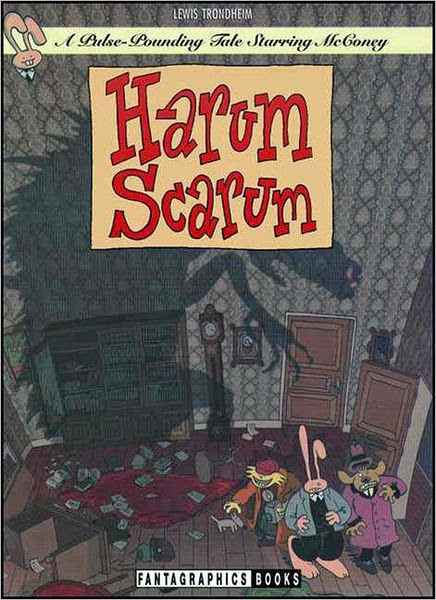Once again, it's Monday -- for me, that means I do another one of these posts, listing the books that arrived during the previous week. I haven't read any of these books yet, but here's what looks interesting/amusing/different about them from right here at this moment.
I'm thrilled to see Charles Stross' new "Laundry Files" book,
The Rhesus Chart
, since I've been a fan of the series since the first book,
The Atrocity Archives. (Back then, this series came out from a small press and was considered unlikely to succeed -- it's one of the vanishingly few cases where I something I absolutely loved was embraced by the larger genre community, and so I love the series even more for that.) Anyway, this is the fifth book about a British civil servant who goes by the name Bob Howard for the purposes of these memoirs, and whose primary goal -- and that of the entire bureaucracy to which he belongs -- is to delay and mitigate and undermine the looming inevitable Lovecraftian apocalypse as much as possible. I've written about several of the previous books --
The Jennifer Morgue,
The Fuller Memorandum, and
The Apocalypse Codex -- and this is probably my very favorite series currently being published. It's an Ace hardcover, available to the general public any minute now, and if you've ever liked anything in the Venn diagram defined by
Dilbert-ian office politics, the British spy novel, or Lovecraft, you need to read at least one of these books
immediately.
I'm amazed to see that the next book --
Unwept
, first in an fantasy trilogy called "The Nightbirds" by Tracy & Laura Hickman -- is so short; it's less than three hundred pages. It also has a remarkably classy, atmospheric cover for a fantasy. Whenever something runs against type, it becomes that much more interesting, so
Unwept is looking pretty good. It seems to be a contemporary novel, centered on an amnesiac girl in a mysterious Maine seaside town, so it may even have a touch of the YA about it.
Unwept is a Tor hardcover, hitting stores tomorrow on the first of July.

I mentioned Paul Park's new novel,
All Those Vanished Engines
, when I saw a galley a few weeks back. It's now a finished hardcover, and I don't have much more to say, since I haven't managed to read it yet. It's still a Tor hardcover hitting July 1, I still hope to read it, and Park is still a smart, masterful novelist.

And last for this week is
The Very Best of Fantasy & Science Fiction, Volume 2
, a new anthology of some of the best stories in the field, edited by Gordon Van Gelder. This is not a continuation of the long series of anthologies reprinting the best of
F&SF from the past year -- those ended thirty years ago, which possibly makes you feel older than you expected -- but the sequel to the
first Very Best of
F&SF anthology, which Van Gelder edited back in 2009. The current book has twenty-seven stories, originally published in
F&SF between 1950 and 2011, including Finney's "The Third Level," Knight's "The Country of the Kind," Heinlein's "--All You Zombies--," Lafferty's "Narrow Valley," and Henderson's "The Anything Box" -- and that's just taking a few names from the
first half of the book. It's a trade paperback from Tachyon, available July 15.















